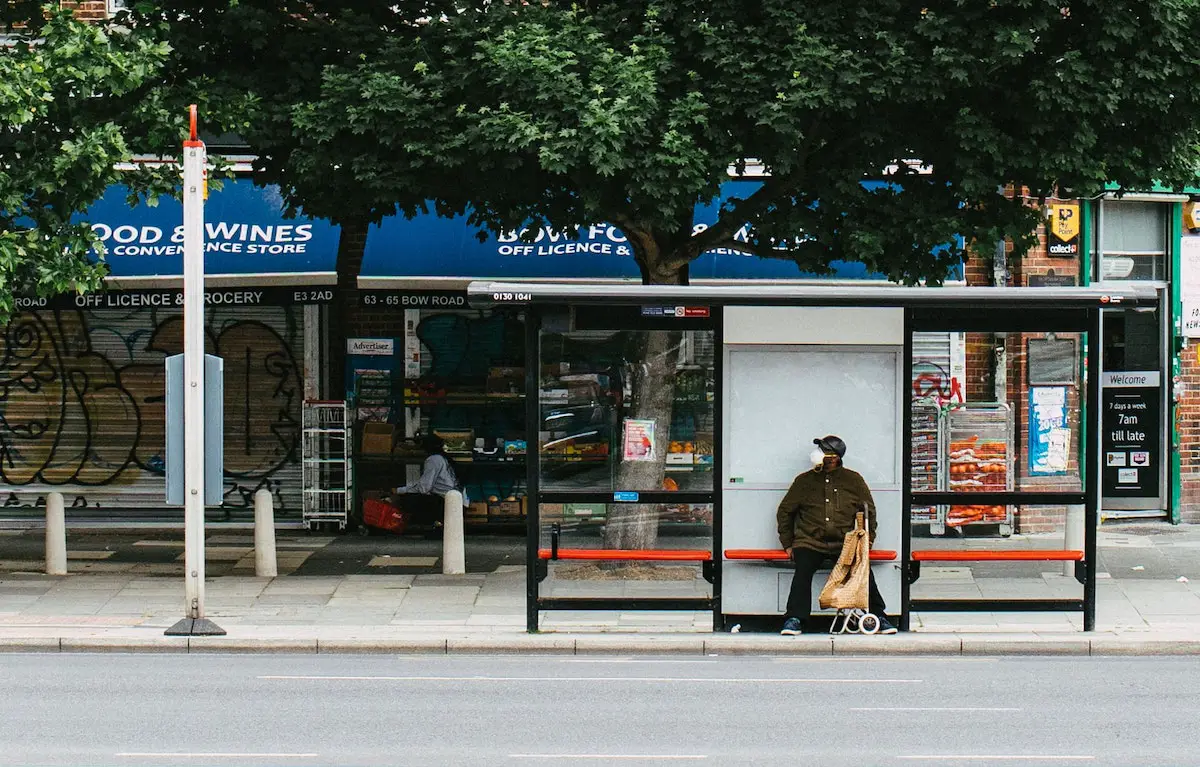The Small European Country with Big Sustainable Housing Ambitions
You might not immediately think of Wales – a small country in north-west Europe with a population of around 3.1 million people – when thinking about sustainable housing innovations. A constituent country of the United Kingdom, Wales sits between Albania and Bosnia and Herzegovina on the most-populated European countries list and, despite numerous urban areas, is best known as an agricultural region, where sheep outnumber humans by 3 to 1.
In 2019, the United Nations reported that the buildings and construction sector is responsible for ‘36% of global final energy use and 39% of energy-related carbon dioxide emissions’. Despite observing progress in the sector, further change is considered essential.
We urgently need to move towards a pollution free planet, to tackle climate change and to drive sustainable development. We can only do that with decisive action in this sector.
Erik Solheim, Executive Director of the United Nations Environment Programme
There’s a recurring joke in Wales that the country is populated by farmers and hippies. In the case of the former, figures from the Welsh Government show that the number of people working in agriculture is actually falling, down by around 10% from 2008 to 2018. For the latter, it probably won’t surprise you to hear that no government measure exists. But legislative developments and progress in sustainable housing design suggests there may be a degree of truth to the humour.
One Planet Development planning policy is unique to the country, forming part of the Welsh Government’s far-reaching One Wales: One Planet legislation. It aims to encourage affordable and sustainable housing development, playing a part in reducing the country’s ecological footprint to 1.88 global hectares per person (noted as a fair and sustainable share of the world’s resources). The ambitions include becoming a zero waste nation where all waste is diverted from landfill by 2025, reducing car dependency, encouraging reliance on local and sustainable food systems, and reducing carbon-based energy use by 80-90%.
One Planet Development aims for low impact housing, zero carbon in construction and use, which positively contributes to the surrounding natural environment. Housing can take any form, including single family housing, cooperative housing, or multi-unit development, and can be located in existing settlements or in the open countryside. Projects are expected to make use of their land for income, food, energy and waste, encouraging low individual ecological footprints which contribute to an overall lower average ecological footprint nationwide. Housing concepts which meet One Planet Development standards can achieve planning permission in an area where it otherwise may not have been granted.

This national policy originated from the county of Pembrokeshire, south-west Wales. The first associated development was the Lammas eco-village, near the village of Glandwr, which aspired to create a cooperative community of low-impact smallholdings. Planning permission was granted in 2009, after a lengthy two and a half year process, and from 2010 the community of resident leaseholders compiled annual reports documenting their shared use of the land and ecological impact, as required by planning policy. Though intended as a community enterprise, cooperation proved challenging. Today, each of the nine smallholdings are freehold properties, with impact reports submitted individually.
Though an environmentally sustainable cooperative model, for Lammas at least, may have sounded better on paper than in reality, the impact of the development was far-reaching, making One Planet Development planning policy possible at a national level.
The scheme has received some criticism. Pembrokeshire councillor Huw George called its monitoring framework ‘weak’, sharing observations of projects where no ecological impact reports have been received. Though regular reporting is mandatory, George suggests that some developers have made use of the scheme to achieve planning permission in an area they would otherwise have not have received it, without a genuine commitment to the scheme’s standards. Though a valid policy concern and local issue, the scheme ultimately remains minor, with only 32 households signing up in its first 7 years. The Welsh Government considers it a niche and non-scalable approach to housing:
It is intended to provide an opportunity for those wishing to live a highly sustainable lifestyle, project a light touch on the environment, and who will be largely self-sufficient in terms of income, food, and energy. Numbers of such developments are likely to remain small.
Matthew Morris, Communications Officer, Welsh Government.
Just 20 minutes from Glandwr, and once again in Pembrokeshire, the village of Glanrhyd is home to Wales’s first solar eco-hamlet, designed to reduce local fuel poverty. The hamlet is made up of six houses and follows a different architectural approach to rural norms. Made from local wood instead of traditional stone, the houses are highly-insulated, airtight, solar-powered and have shared access to an electric car. Residents, selected from the local council’s housing list, see fuel bills at a fraction of traditional housing.
Conceptually different to the Lammas eco-village, the modern approach practiced in Glanrhyd is more reflective of environmental sustainability innovations happening in Wales’s housing sector as a whole.

In 2015, the Welsh School of Architecture at Cardiff University designed and built Solcer House – a building which produces more energy than it needs. As in Glanrhyd, building form follows a highly insulated, airtight approach, reducing operational energy requirements as the first step. Rooftop and wall solar panels, a heat recovery system and battery storage combine to meet the remaining energy and heating requirements. The building is expected to export electricity to the grid 8 months of the year. Designed with affordability as a key criteria, construction cost a fairly modest £125,000 (€138,000/US$154,000).
Though the approach piloted by Cardiff University has yet to be replicated on a large scale, a 2018 development in South Wales hints at its wider potential. Developed by Pobl Group and Swansea University’s SPECIFIC Innovation & Knowledge Centre, the 16-home development follows a similar design methodology, albeit with a reduced emphasis on energy generation. Solar and heat recovery systems are expected to generate 80% of energy requirements, with 10 of the 16 homes monitored for 12 months after completion to evaluate system performance.
The Welsh Government recently began a consultation on whether new homes should be heated and powered solely by clean energy from 2025, something which, when considered alongside past legislative steps, suggests a future for Wales where sustainable housing moves from niche to mainstream. Projects such as the Lammas Eco-Village and policy like One Development Planning don’t match the scale of the sustainably challenge facing the globe, yet a lot can be learned from them. And the crucial task of nurturing a local culture of environmental consideration and innovation in housing will be made a lot easier by trailblazing projects and policy like these.
Photos: Benjamin Ranger, Lammas Eco-Village, Cenin Renewables


